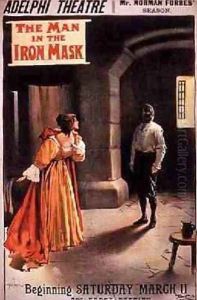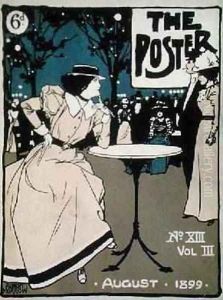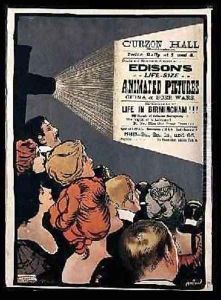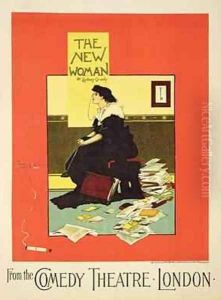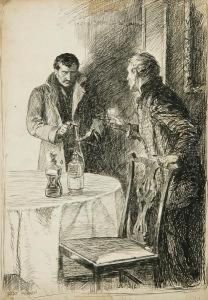Albert Morrow Paintings
Albert Morrow was a notable artist and illustrator born in 1863 in Dalry, Ayrshire, Scotland. He was one of seven children in a family that was steeped in artistic talent; his brothers, George and Edwin, and his sister, Ethel, also pursued careers in the arts. Morrow's family moved to Belfast, Ireland, when he was young, and it was there that he began his artistic education.
Morrow initially trained at the Government School of Design in Belfast before moving to London to further his education at the Royal College of Art. His early work mainly consisted of illustrations for magazines and books, which was a popular and growing medium at the time. During his career, he developed a distinctive style characterized by bold line work and a dynamic use of color, which set his work apart from that of his contemporaries.
Morrow became most well-known for his poster designs, which ranged from theatrical and commercial advertisements to political propaganda during World War I. His style was versatile, able to convey the glamour of theatre productions as well as the urgency and gravity of wartime communications. He worked for several prestigious clients, including the London Underground and the Westminster Gazette. He was also a regular contributor to the famous London magazine 'Punch'.
In addition to his work in illustration and graphic design, Albert Morrow was involved in the fine arts. He exhibited at the Royal Academy and was a member of the Royal Institute of Painters in Water Colours. Despite his success in these areas, it is his contributions to the commercial arts that have left a lasting legacy.
Morrow's career spanned a period of great change in the art world, as the late 19th and early 20th centuries were times of innovation and the emergence of new styles. He managed to bridge the gap between traditional illustration and the burgeoning field of graphic design. Albert Morrow died in 1927, leaving behind a body of work that continues to be studied and appreciated for its historical significance and artistic merit.
